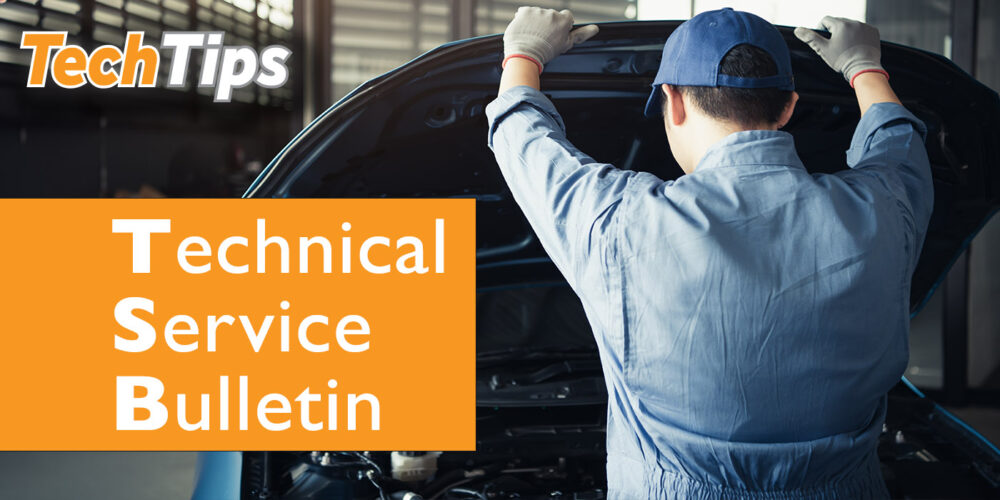If a 1999-2000 Quest or Altima exhibits a “chirp” noise as the automatic transmission shifts from 2nd to 3rd gear, particularly when accelerating the vehicle with only 1/8 throttle applied, the noise may be coming from the high clutch assembly during operation.
This noise can be eliminated by adding two bottles (200cc each, 400cc total) of Automatic Transmission Fluid Treatment to the transmission. If the incident occurs, follow the below procedure to confirm and resolve it.
Service Procedure:
1. Confirm the incident. The symptoms, if present, usually occur when upshifting with light-to-moderate throttle application. Continue to drive the vehicle until the engine is at operating temperature.
2. Check the automatic transmission fluid level:
b. Remove the A/T dipstick and wipe it clean with a lint-free paper.
c. Re-insert the dipstick into the dipstick tube as far as it will go.
d. Remove the dipstick and note the fluid level reading.
Warning: The fluid level must be at least one pint below the top of the “hot” range on the dipstick at fluid temperatures of 50° to 80° C (122° to 176° F) before proceeding. If fluid needs to be drained, stop the engine, allow the vehicle to cool and drain the fluid level to the correct amount before going to step 3.
3. Stop the engine and add two bottles (200cc each, 400cc total) of ATF Treatment (P/N 31003-31X61) by pouring it down the dipstick tube.
Caution: The ATF Treatment bottles come packed in oil-absorbent material. Wipe the bottles clean before use to prevent this material from entering the transmission.
4. Start the engine, check the fluid level again and add or drain the automatic transmission fluid as needed.
Caution: Do not overfill the transmission.
5. Drive the vehicle for approximately five miles to circulate the ATF Treatment throughout the transmission.
6. Confirm that the incident is resolved.
Courtesy of Mitchell 1.
For more information on Mitchell 1 products and services, automotive professionals can log onto the company’s website at www.mitchell1.com.













